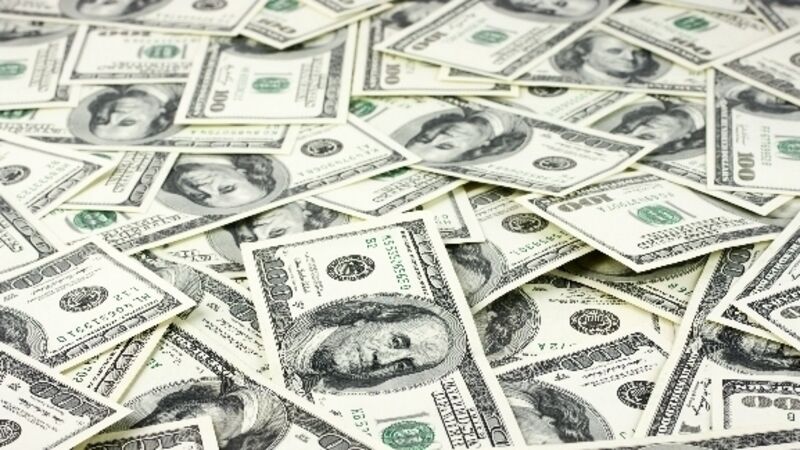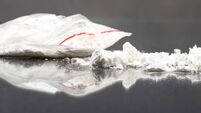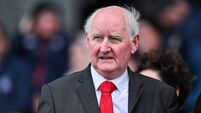Currency guru Enrique Diaz-Alvarez of Ebury Partners backs dollar to climb in 2016

Enrique Diaz-Alvarez of Ebury Partners is among a minority of strategists who predict the dollar will strengthen beyond parity against the euro in 2016.
He said investors will have to catch up with the more-rapid pace of rate increases forecast by Fed policy makers, who held firm on Wednesday night projecting four quarter-point hikes next year.













